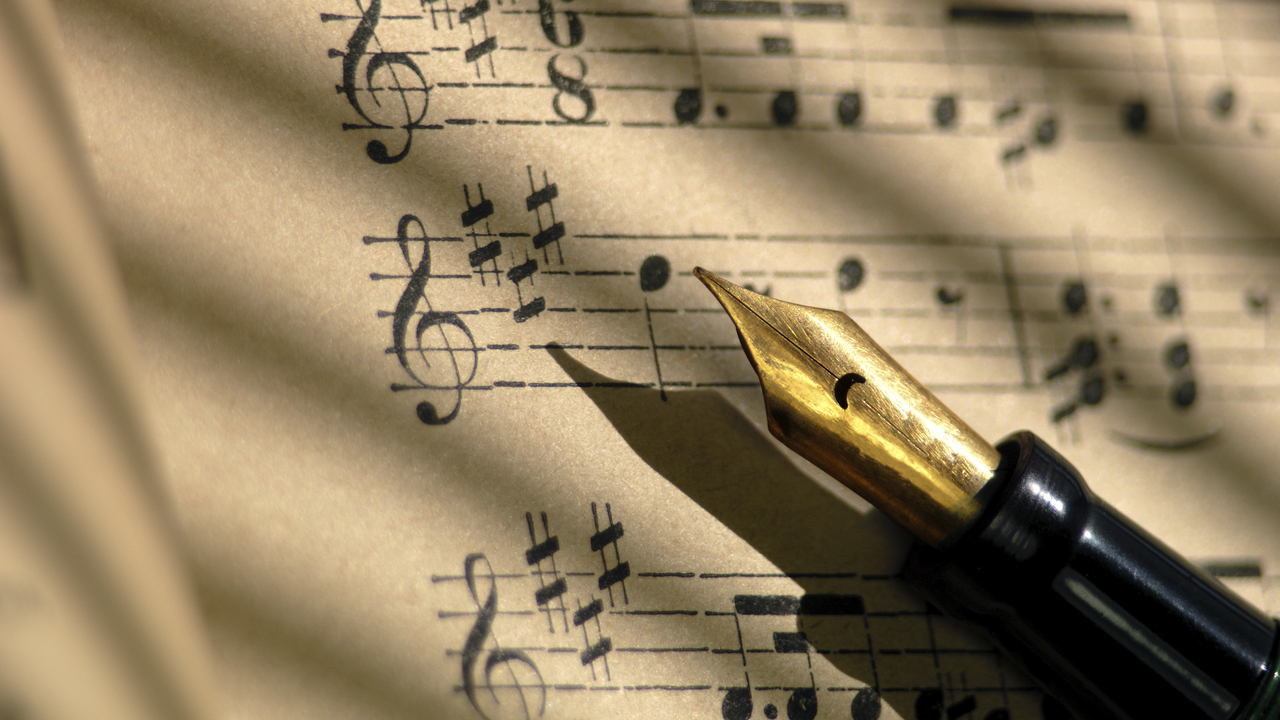The Underlying Complex Language of Sheet Music
Sheet music is like a cryptic language with delicate aesthetics that require refined skills to decipher. On first look, you might wonder why anyone would tackle the daunting task of reading this complex blizzard of dots, lines, squiggles, and symbols. But let me tell you, it's actually a sophisticated system that communicates the most beautiful art form - music.
My little daughter, Harriet, once, quizzed me, "Dad, where's the dictionary for sheet music?" Her tiny innocent eyes brimming with curiosity, her quirkiness softened my heart as I grinned ear-to-ear and promised her an intensive decoding session the following day. To her, it resembled alien language, but to me, it was my beloved and trusted companion in my challenging music journey.
When Music Meets Mathematics
Did you know that music and math are like two sides of the same coin? Sheet music resembles equations, and it follows basic mathematical principles of counting. You've your quarter notes, eighth notes, sixteenth notes, and so on. These notes denote fractions, telling us the value of each note. The time signature, with numbers looking like a fraction, reinforces this math-music connection. It indicates the number and type of beats in each measure.
Each symbol and placement has a mathematical significance like spacing, the distance between each note, angle of bend, and everything else - it's all pretty calculated. Remember the Pythagorean theorem? Turns out good ol' Pythagoras was not just a math guy, but one hell of a musician too!
Musical Alphabet: The Note Names
Do re mi fa so la ti do! Julie Andrews may have made it sound easy in Sound of Music, but trust me, it's much more than that in the world of sheet music. Sheet music has a language of its own, and just like any other language, learning to pronounce the alphabets (musical notes) is the first step.
These note names may look like a carnival of confusion initially. But once you get the hang of it, it's like learning the rhythm of a new language. And believe me, folks, the satisfaction and joy you'll experience when you play your first melody on your instrument, with sheet music serving as your guiding map, are unparalleled!
Role of Musical Instruments
Did you know? Each instrument has a specific sheet music arrangement. For instance, the sheet music for a violin is vastly different from that of a piano. You see, I had a tryst with the guitar, and I can assure you deciphering guitar tabs was no less than cracking an Enigma cipher.
And yes, if you change your musical instrument, you might need to readapt to a brand new sheet music interpretation, practically sliding down the learning curve. It brings its unique set of challenges, but also brings in the beauty of learning an instrument and its specific music language.
Are There Musical Accents?
Accent marks, or articulation marks in the sheet music are the equivalent of your punctuation in your written language. They help in creating emphasis, giving rise to what I fondly term as "musical accents."
Accents assist in interpreting the performer's intent, dictating how a particular note or phrase should be played. They give a rhythmic shape, furnish dynamic contrast, and construct the sonic architecture of the piece. It's what adds that compelling complexity, that streak of uniqueness to every performance, expressing emotions in their rawest form. You can think of it as the heartbeat of a melody.
What About the Dynamics?
Imagine telling a story without any change in pitch, tone, and volume. Monotonous, right? That's where dynamics step in, adding emotional depth and variation to any musical piece. Dynamics in sheet music might seem tricky at first, marked by unfamiliar looking Italian words like 'piano' and 'forte.'
Just like you wouldn’t read a book aloud in a flat drone, music also relies on dynamic changes to express sentiment. That's what makes your heart skip a beat when you listen to a timeless symphony play out. So as painstaking as learning sheet music might feel to start with, courage my friends, as what lies ahead is a beautifully moving piece of music.
Quirkiness and Variety in Sheet Music
Sheet music can be as unpredictable as my cat Tom chasing his own tail! There are key signatures, tempo markings, repeats, codas, accidentals, ornaments, unmetered passages, bars rest... the list goes on!
I remember once I was trying to learn a tricky piece on my violin. The composition was immaculate with intricate details. I was on my third sheet, landing onto a Da Capo notation, only to find myself transported back to the beginning of the piece. It felt like I just stepped on a musical teleporter. Oh, my orchestral adventures!
And there folks, you have the exploration of the mind-boggling world of sheet music. It's a symphony of skill, patience, and cognition, with each note leading to a melody that can pluck the strings of your heart. Here's to extraordinary journeys, life-ticking metronomes, shifting clefs, improvisations, and the sheer magic of sheet music!


